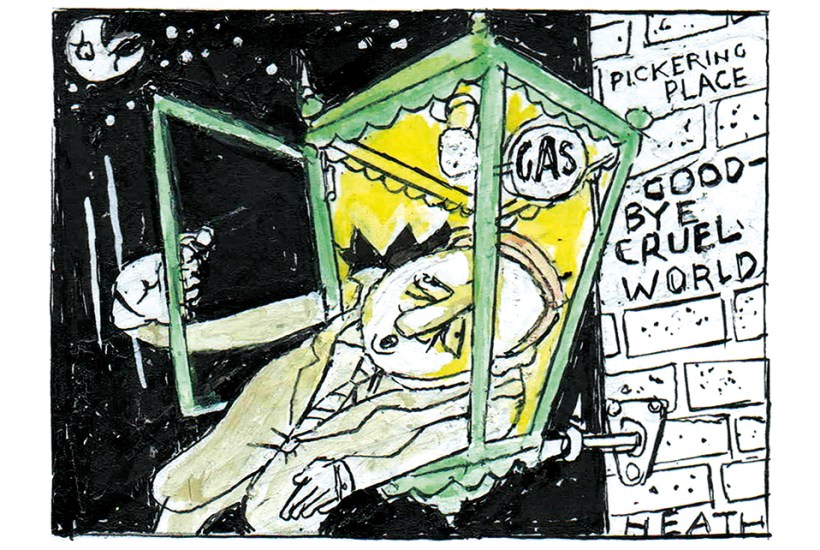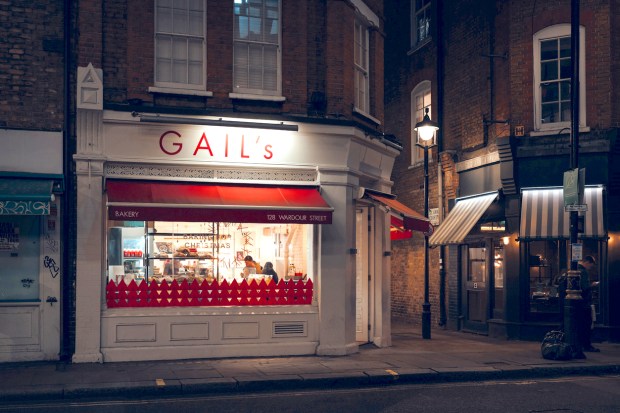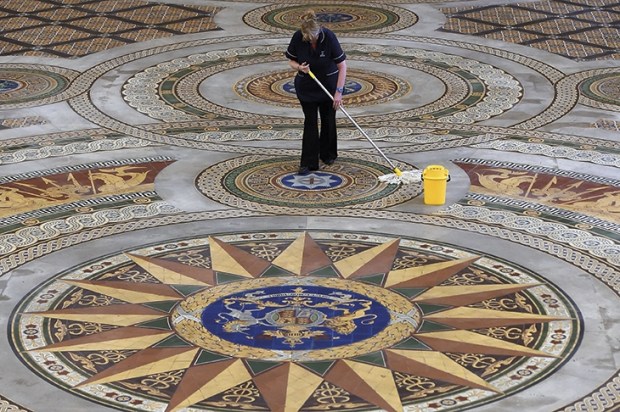Turn down an alley off St James’s Street (the east side), lined with old painted panelling, and you are in Pickering Place, which pub quizzers say is London’s smallest public square. It is certainly charming, with stone paving, wrought iron railings, Georgian windows and a sundial on a pedestal.
A gaslight on a wall bracket used to glow sympathetically in the space.
Already a subscriber? Log in
Subscribe for just $2 a week
Try a month of The Spectator Australia absolutely free and without commitment. Not only that but – if you choose to continue – you’ll pay just $2 a week for your first year.
- Unlimited access to spectator.com.au and app
- The weekly edition on the Spectator Australia app
- Spectator podcasts and newsletters
- Full access to spectator.co.uk
Or
Unlock this article
You might disagree with half of it, but you’ll enjoy reading all of it. Try your first month for free, then just $2 a week for the remainder of your first year.














Comments
Don't miss out
Join the conversation with other Spectator Australia readers. Subscribe to leave a comment.
SUBSCRIBEAlready a subscriber? Log in